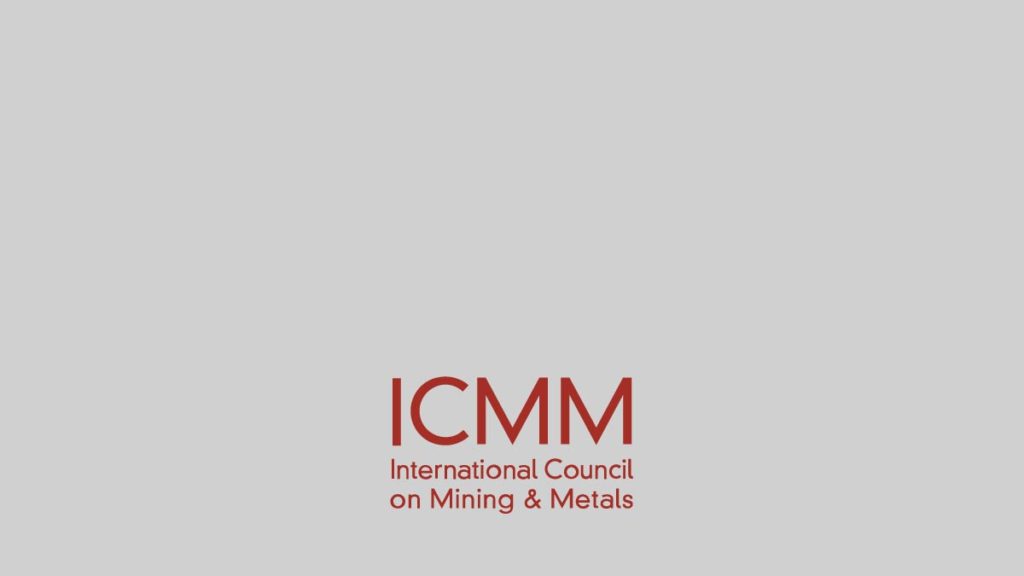
Tool 1 – Exploration
The goal of exploration is to discover economically viable mineral deposits. At the earliest stage of exploration it is essential to understand the interfaces of impacts on biodiversity. The Assessment tools will help establish the biodiversity context of exploration areas and help to divert from areas of biodiversity importance.
Step Guide
STEP
1
Download and print Checklist 2.1 (p118)
STEP
2
Go through each step on the checklist
STEP
3
Refer to pages 23-28 for a greater understanding of the different issues
STEP
4
Read the case study to understand practical application of the steps
Early exploration stages and techniques:
Geological field surveys – collecting basic data and mapping of rock types, minerals and structures. They generally have limited impacts on biodiversity
Geochemical techniques – these involve collecting and analysing types of geological materials. They generally have limited impacts on biodiversity
Geophysical survey techniques – measuring the physical properties of minerals and rocks. As these are often undertaken from the air, they have limited impacts on biodiversity
Sub-surface sampling – used to further explore anomalies and may affect biodiversity to a greater extent. The need and effectiveness should be considered, and when used, backfilling and rehabilitation should be implemented as early as possible
Survey mitigation techniques – avoid seismic lines cleared for geophone surveys and ‘line of sight’ cuttings. Use low-pressure terrain vehicles, rubber-tyred bulldozers in a ‘blade-up’ condition and helicopters to avoid cutting lines
Exploration drilling
- Exploration drilling uses drill rigs to penetrate sub-surface rock layers to obtain materials consisting of chips and core
- Drilling is invasive and often requires heavy equipment
- Techniques include percussion, vacuum, reverse circulation and diamond drilling
- It is the culmination of the exploration process and last stage of development planning
- Biodiversity may be affected by clearing, new roads, rehabilitation, water abstraction, spillage or leakage of fuels and oils, surface water pollution and waste rock dumps
- Limiting impacts include: techniques that minimise habitat disturbance, using helicopters and existing tracks, constructing roads away from slopes and water ways and using corridors, using lighter and more efficient equipment, positioning drill holes and trenches from sensitive areas, plugging drill holes, removing and reclaiming no longer used tracks, planting native vegetation after exploration
Top Tips:
Figure 2.2 (p24) provides project development and biodiversity connections
Download and print the potential impacts chart (p121) to help document findings
Community, Economics, Environment, Ethical Business, Management, Rehabilitation
Exploration Environmental Management Plan (EMP)
Environmental management plan to minimise impacts and guide rehabilitation

